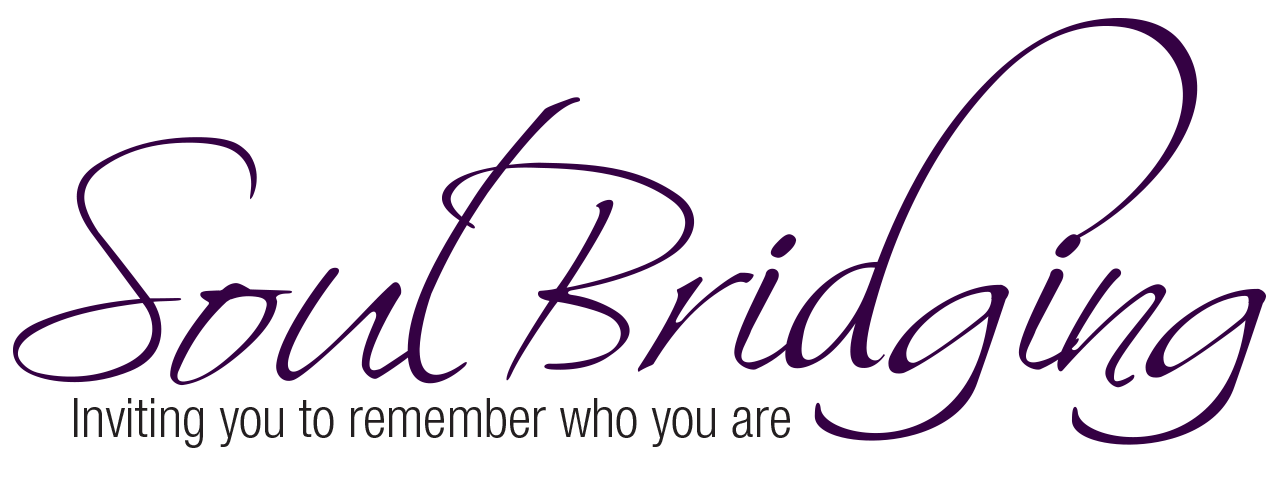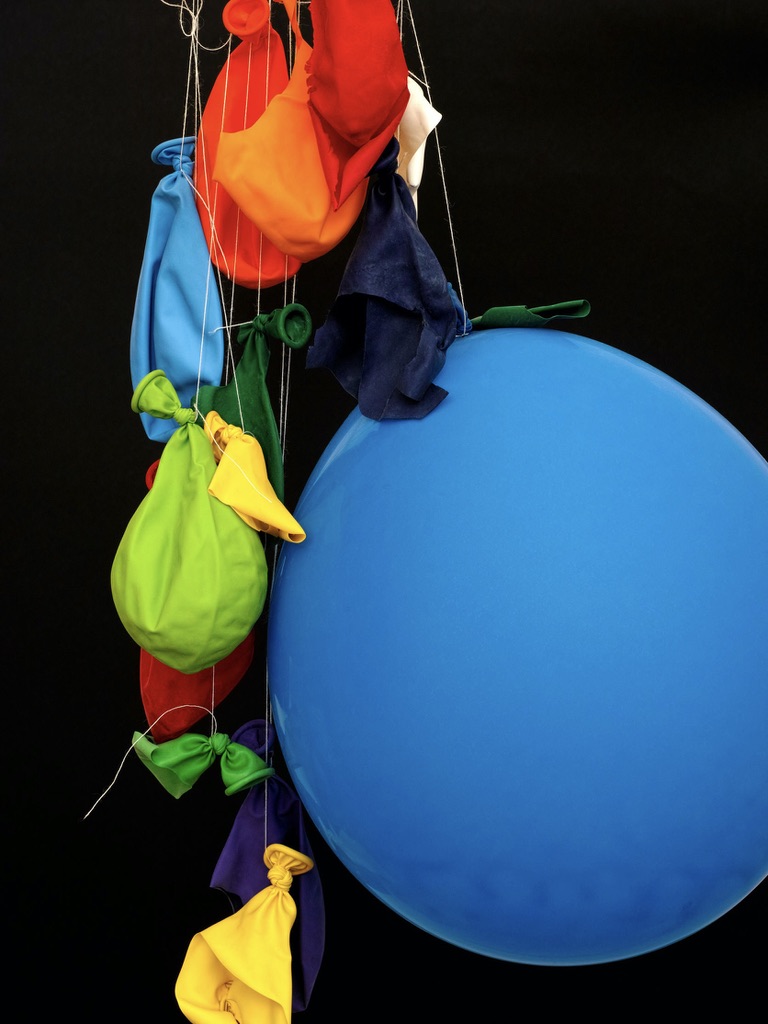My feelings were hurt. I was in a series of situations where I didn’t feel valued. When it was all over, I kept trying to think through the events that gave rise to my feelings and understand the situations from every angle. Eventually I did understand it. I got it. And despite what happened, there’s plenty of evidence that I am valued. Furthermore, I value myself. What happened was all a misunderstanding. Now I just needed to let what happened go and move on. Unfortunately, try as I might, I didn’t seem able to let it go. I would wake up at night thinking about it and feeling frustrated at myself for going over this situation again. I just wanted it to stop. I really wanted to move on. But the problem seemed to have a mind of its own and it kept eating at me. Eventually I talked to my wise friend Paula about my dilemma. She said, “Here’s the problem. You can’t solve this with your head. This is a place your mind can’t go.”
“What? What do you mean?” I asked.
“This is a problem that needs to be solved in your body – and in your heart,” Paula said.
I had no idea what she was talking about.
Paula explained, “You are trying to be so good in your attempts to understand and be generous, to see things from every angle and to rise above this situation. But you’re too good to be true. And I don’t mean that as a compliment. What I mean is that you aren’t being true to who you really are. You’re ignoring your feelings. You are not letting yourself feel your feelings.”
 “Yes, but if I feel my feelings I’m only going to feel worse. Why wallow in bad feelings?” I argued. “What does that get me? How does it help? I’m looking to feel better.”
“Yes, but if I feel my feelings I’m only going to feel worse. Why wallow in bad feelings?” I argued. “What does that get me? How does it help? I’m looking to feel better.”
Paula responded, “The point is you need to feel your feelings as a way of being true to who you are.”
“Ok fine,” I said. “I’ll feel my feelings and get really sad as I take on the hurt. Now what?”
Paula said, “Now that you’ve gotten yourself into that state of feeling hurt and not valued – look for where you feel this in your body. I know that sounds like a strange idea – but really focus on your body right now and the sensations happening within it. What are you feeling in your body?”
I hesitated. “I’m not sure,“ I said.
Paula gave me some time and then continued, “Without judging it as good or bad, pleasant or unpleasant, simply notice what’s happening in your body. What sensations are you feeling? “
“I guess I’m feeling tightness in my throat. My throat feels blocked – like there’s an actual blockage in my throat.“
“Describe it.”
“It’s like a building block – a child’s toy – wedged in the center of my throat. The block feels really solid. The edges of the block feel sharp. It feels like it would be hard to swallow – painful. If I tried to eat something now I couldn’t swallow. “
Paula continued with instructions, “Keep your focus on these sensations. Stay with it. Keep breathing and keep focusing on your body sensations. What’s happening now?” she asked.
“I still feel the block in my throat, but it might be getting a bit smaller,” I replied.
“Stay with this sensation – noticing if it stays the same or if it changes. And then say these words out loud, so you can hear yourself say them: ‘Even if it’s true that I am not valued- my heart still loves me anyway.’
I repeated what she said. “Even if it’s true that I am not valued – my heart still loves me anyway.”
Paula asked, “What body sensations are you experiencing now?” I replied, “The block in my throat is getting bigger. . . but now it’s shrinking again.” Paula asked me to repeat the phrase again and then notice what I was sensing.
Again I said out loud, “Even if it’s true that I am not valued, my heart still loves me anyway. Ok -the block in my throat isn’t quite as hard. And I feel an uncertainty in my heart.”
“Uncertainty isn’t a sensation,” Paula said. “That’s a concept – a thought. Just focus on body sensations. Repeat it again: ‘Even if it’s true that I am not valued, my heart still loves me anyway.’ Now -what are you feeling?”
I repeated the phrase and then said, “I feel the tiniest crack of light in my heart.“
 “There,” she replied. “Keep your focus on that crack – on that light. . . . Now . . . tell me what body sensations you’re feeling?”
“There,” she replied. “Keep your focus on that crack – on that light. . . . Now . . . tell me what body sensations you’re feeling?”
“The area around my heart is softening,” I said. “My back between my shoulder blades is less tight. My arms are feeling lighter. The block in my throat is shrinking.”
Paula encouraged me to stay with these sensations and keep observing.
A few moments later I said, “The block is the size of a pea now. My heart feels warm and my chest feels softer. I’m feeling a little lighter – less dense. I can still feel a small opening of light in my heart area.”
“There you go,” Paula said. “And that, my friend, is how you feel your feelings – using your body. You let go of the drama – the story line – attempts to understand people’s behavior -and you focus strictly on your body sensations. You be with that sensation. You witness it without judgment. You watch it as it transforms and shifts or stays the same.
Keeping your focus on sensation and being present to those sensations acts as an acceptance of what is – a welcoming of the truth of your feelings – a welcoming and acceptance of your hurt. We don’t want to engage the mind by arguing for or against the truth of whether you’re valued. We want to take the mind out of the equation by saying, ‘Even if it’s true . . . .’ Because it doesn’t matter whether it’s true or not. What matters is that you feel the hurt in your body sensations and that you are present to those sensations without trying to change them. Just observe.
And then when your mind witnesses that crack of light in your heart, that little bit of opening or softening as you say out loud ‘Even if it’s true that . . . {Insert some terrible thing] – my heart loves me anyway.’ When you feel that and experience that in your heart – your mind lets go and you’re on the way to finding the peace you’re looking for. “
I couldn’t believe how well Paula’s technique worked to cure my mind of circling back to the drama and the pain. How did I not know this technique sooner? I find myself wondering, “Why aren’t we given owner’s manuals for living this life and operating these bodies?” I could’ve used this technique long ago. Nevertheless, I’m grateful to have discovered it now.
I love the discovery of this place where my mind can’t go, except as an observer of sensation. I love this ability to solve problems with my body and my heart. I love sleeping soundly again.
~Sue Hardman-Conklin
Questions to Ponder:
- Have you ever noticed that when you have a strong emotion there is always a corresponding sensation in your body? Often this shows up as muscle tension or tightness or a gripping sensation. But it can show up as other sensations. What sensations do you feel in your body when you are upset? Where do you feel it?
- Where do you typically hold tension in your body? Does the tension in these areas increase as your emotions get riled up?
- Next time you find yourself feeling strong emotions, can you experiment with letting go of the details (the story) of what’s upsetting you and turn your attention to your body sensation? Notice if these body sensations dissipate or shift as you watch them.
- When your feelings are hurt or you are feeling angry or upset or sad, what is underneath that emotion? Is it a fear of not being enough, valued, loved, alone, belonging, abandoned, or safe? Once you identify the underlying feelings, try saying:‘Even if it’s true [insert the underlying emotion – the thing you fear], my heart still loves me anyway.’ Notice your body sensations as you say this out loud to yourself.
Heidi Rose Robbins reads her poem, I Want to Feel Everything







This is a very powerful story/article/process. I thank you for sharing it. It very much reminds me of the Hikomi therapy I have been using. Thanks again !
Thanks Tara. I really appreciate you taking the time to comment. I’m glad this article resonated with you. I haven’t heard of Hikomi therapy but I’ll check it out. I’m always interested in learning techniques that others have found helpful, so thanks for sharing that.
I am finding this a kind & compassionate way to self healing. The message that “my heart still loves me anyway” is such a self compassionate statement, so forgiving. Thank you!🙏
Hi Nanette – thanks for taking the time to read this post and share your comments. I’m glad that you are finding this to be a kind and self compassionate approach to healing. It’s really amazing how powerful it can be to pay attention to body sensations – especially in difficult situations. The body has so much wisdom, if we are willing to observe and feel sensations.